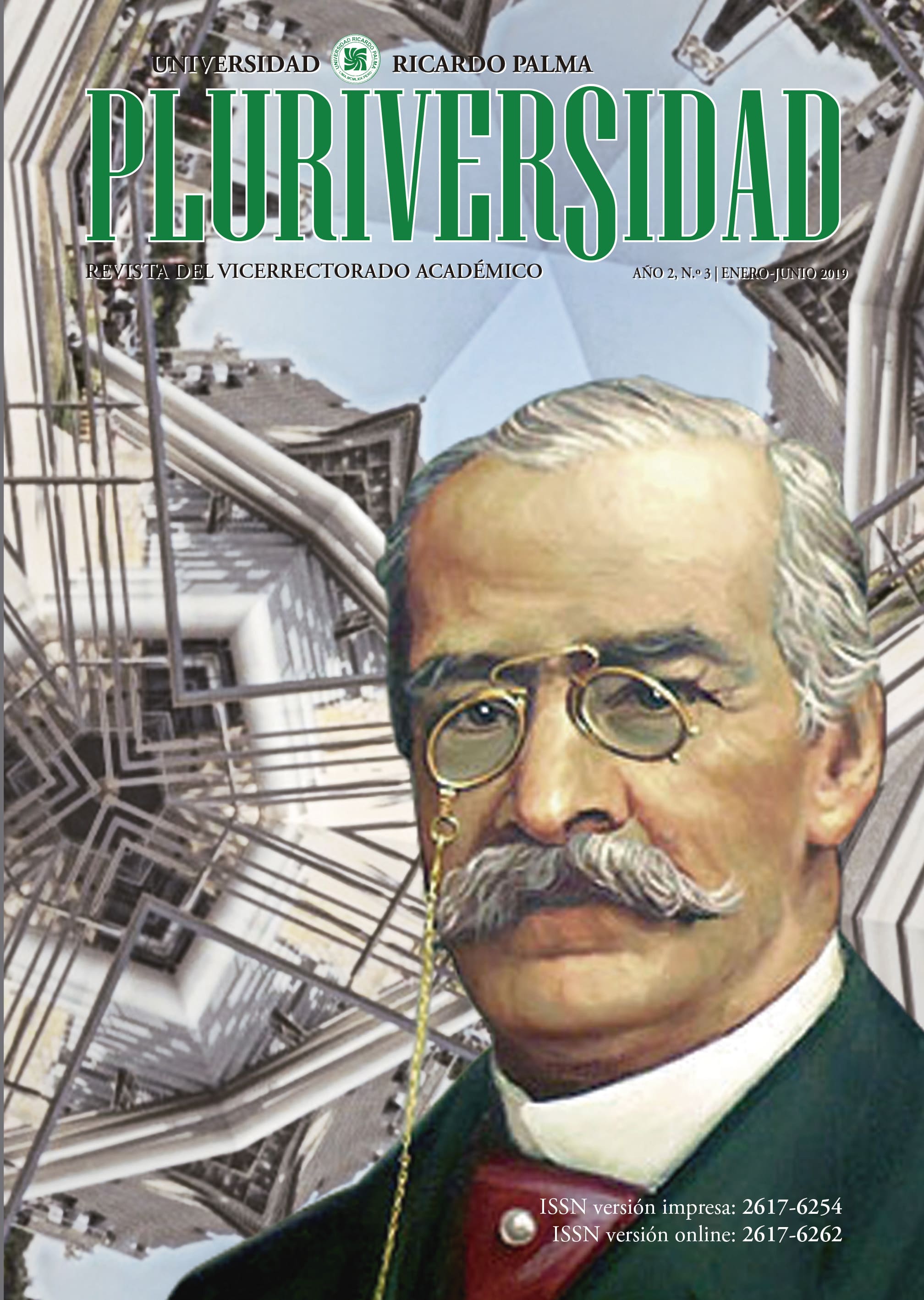The state & urban informality. Peru in the 21st century
DOI:
https://doi.org/10.31381/pluriversidad.v3i3.2234Keywords:
Urban Informality, Public policy, housing, land titling, landAbstract
The objective of this article is to understand how the action of a Government can generate Urban Informality and what its consequences are. Taking Peru as a reference, this article does not seek to share an idea or opinion with empirical information,[1] but rather to reflect on the cause- effect connections between the State and Informality. In this sense, it is convenient to distinguish Labour Informality (defined by the labour conditions, in relation to the current Legal Framework) from Urban Informality (how social groups access land, provide basic services and build their homes). In Peru, between 1990 and 2019, a free market model has been developing and it has sought to promote private investment and formal businesses and, mainly, it has considered reducing informality. There are four aspects that we consider: the Housing Policy, the Property Titling Policy (aimed at curbing informality), the delivery of Certificates by the City Council and, finally, the passage of the large number of invasions to illegal land markets to access a piece of land. This article has been based on the review of secondary information source, especially the one produced by Peruvian State Agencies.





